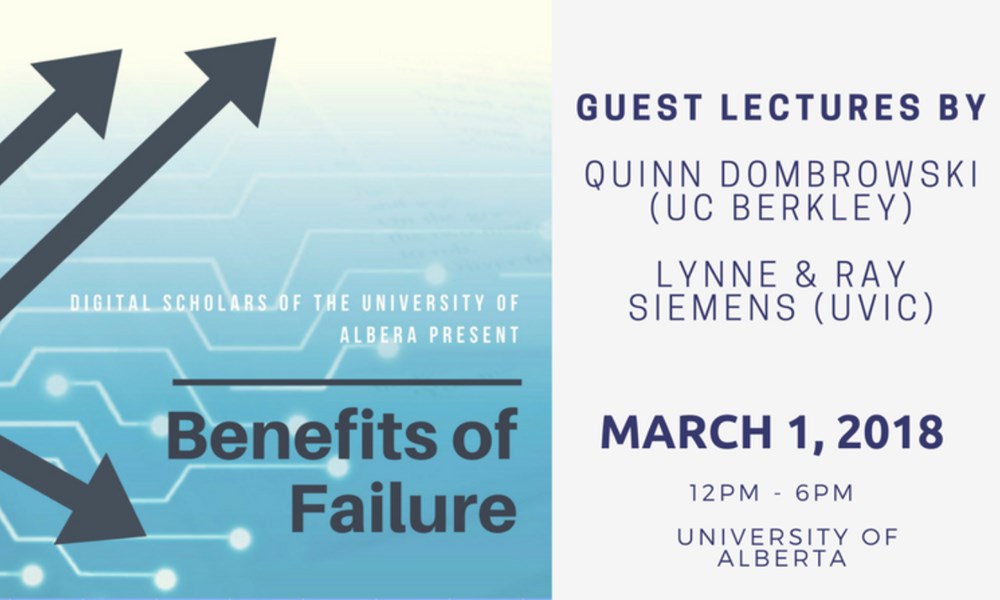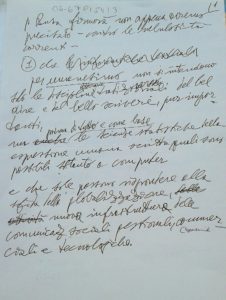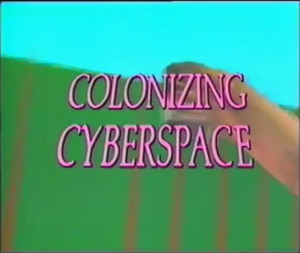Geoffrey Rockwell on "Cooking Up Literature: Theorizing Statistical Approaches to Texts" @USouthFlorida #dh #textanalysis pic.twitter.com/vJrGA4FHld
— DH at USF (@UsfDh) February 27, 2018
Last week I presented a paper based on work that Stéfan Sinclair and I are doing at the University of South Florida. The talk, titled, “Cooking Up Literature: Theorizing Statistical Approaches to Texts” looked at a neglected period of French innovation in the 1970s and 1980s. During this period the French were developing a national corpus, FRANTEXT, while there was also a developing school of exploratory statistics around Jean-Paul Benzécri. While Anglophone humanities computing was concerned with hypertext, the French were looking at using statistical methods like correspondence analysis to explore large corpora. This is long before Moretti and “distant reading.”
The talk was organized by Steven Jones who holds the DeBartolo Chair in Liberal Arts and is a Professor of Digital Humanities. Steven Jones leads a NEH funded project called RECALL that Stéfan and I are consulting on. Jones and colleagues at USF are creating a 3D model of Father Busa’s original factory/laboratory.


